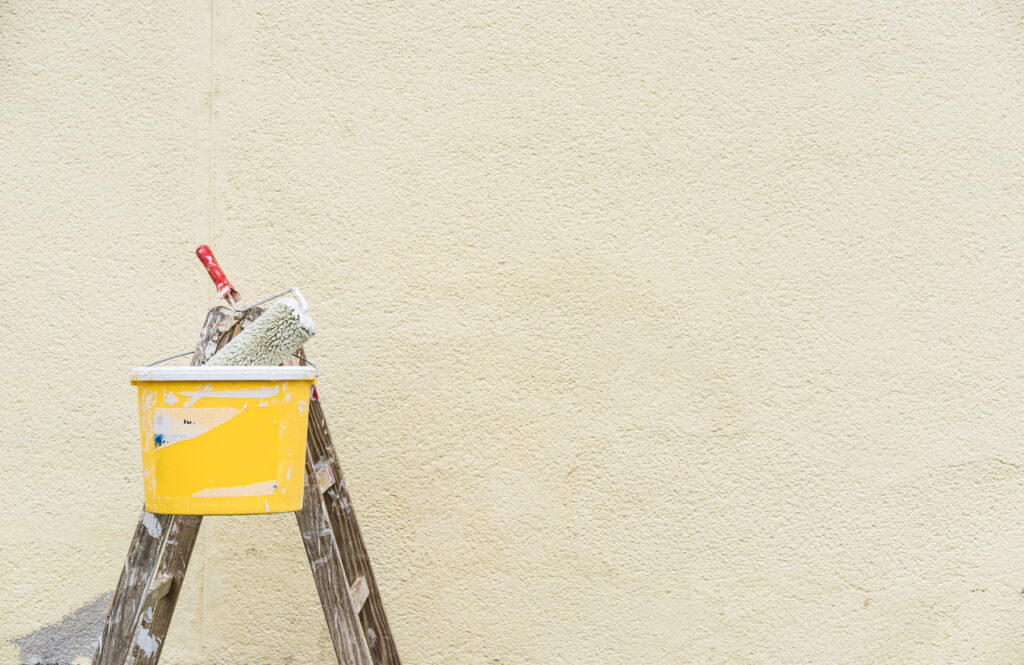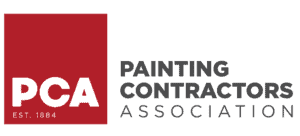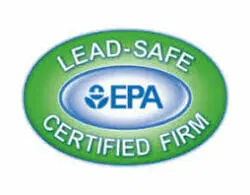DIY interior house painting can be an exciting endeavor, transforming your space with just a few strokes of a brush. However, before you dip into your color palette, understanding painting safety is crucial to ensure your DIY project is as safe as it is satisfying.
This blog post aims to equip you with essential safety tips, from preparation to cleanup, ensuring a smooth and hazard-free painting experience. By reading on, you’ll gain insights into safe practices, protective gear, and handling materials, all of which will help you complete your project efficiently and safely.
Get ready to paint smartly and safely, turning your vision into reality with confidence and ease!
Painting Safety Tips for DIY Projects
Preparation is Key: Setting the Stage Safely
Before you start, remember that preparing your space involves more than just laying down drop cloths. It’s important to make sure that the area is well-ventilated; open windows and use fans to circulate air, reducing fume buildup. Remove any obstacles that could cause trips or falls, such as loose rugs or unnecessary furniture. Cover anything that might get splattered with paint. Also, keep your tools and paint within easy reach but out of the way to prevent accidents.
Dress for Success: The Right Gear for Painting
Your outfit is a key component of your safety. Wear long sleeves and pants to protect your skin from drips and spills. Opt for old clothes or a dedicated painter’s suit. Don’t forget gloves and safety goggles, especially when dealing with sanding or chemical substances. Gloves protect your hands from harsh chemicals and splinters, while goggles keep your eyes safe from splashes and dust. Comfortable, non-slip shoes are also a must to prevent slips and falls.
Ladder Safety: Climbing with Care
Ladders can be hazardous if not used correctly. Ensure your ladder is in good condition and right for the job – a step ladder for lower heights and an extension ladder for higher areas. Always place your ladder on a stable, level surface, and avoid placing it on slippery floors or uneven ground. Avoid overreaching; it’s always safer to climb down and reposition the ladder than to stretch beyond a safe distance. Never stand on the top rung – your balance could be compromised.

Chemical Awareness: Understanding Paints and Solvents
When starting a house painting project, it’s vital to be aware of the chemicals present in your paints and solvents. Many traditional paints contain volatile organic compounds (VOCs) that can emit harmful gasses.
To minimize exposure to these toxins, opt for water-based paints, also known as latex paints, when possible, as they are generally less toxic and emit fewer fumes. Always read labels carefully and follow the manufacturer’s instructions for use and ventilation.
Additionally, be mindful of the solvents used for cleaning brushes or thinning paint. These can often be more hazardous than the paint itself. Choose low-VOC or natural solvents when available. Make sure to use these in a well-ventilated area and keep them away from heat sources.
While painting, pay attention to how you feel. Symptoms like dizziness, nausea, or headaches can be signs of overexposure to fumes. If you experience these, immediately stop painting, move to an area with fresh air, and allow yourself time to recover. In severe cases, seek medical attention.
Lastly, consider wearing a mask, especially when working in enclosed spaces. A mask can provide an additional layer of protection against inhaling fumes and particles.
Safe Cleanup: Disposing of Paint Responsibly
It’s essential not to overlook the importance of safe cleanup and responsible disposal of paint. One key rule is never to pour leftover paint down the drain or into the garbage. Such practices can harm the environment and may violate local regulations. Instead, check with your local waste management authorities for guidelines on disposing of paint products. Many areas offer recycling or hazardous waste programs for paint disposal.
When cleaning brushes and rollers, use appropriate cleaners – water for latex paints and mineral spirits for oil-based paints. Proper cleaning not only extends the life of your tools but also prevents harmful chemicals from diffusing through the environment.
For storing leftover paint, ensure the container is tightly sealed and store it in a cool, dry place, away from direct sunlight and extreme temperatures. Properly stored paint can be used for touch-ups or small projects in the future. By following these simple steps, you contribute to a cleaner environment and ensure a safe space for yourself and others.
Conclusion
DIY house painting can be a rewarding experience, adding a personal touch to your home. By following these painting safety tips, you ensure a safe and successful project. Remember, taking a little extra time to prepare and proceed with caution can make all the difference in achieving that perfect finish.
After mastering these safety tips for your DIY painting project, you might still feel the need for professional assistance. This is where Tar Heel Painters steps in.
With our expertise in delivering high-quality painting services, we ensure every aspect of your project is handled with the utmost care and professionalism. Whether you need help with intricate details or tackling larger areas, our skilled team is ready to bring your vision to life, hassle-free.
If you’re looking for impeccable results combined with safety and efficiency, contact Tar Heel Painters. We’re not just painters; we’re your partners in transforming your space safely and beautifully.
Call us at (336) 502-8707 for a free consultation.





